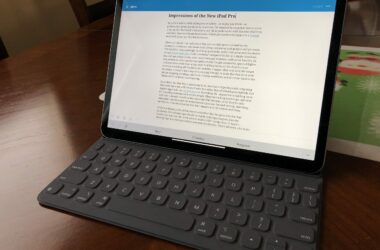30 years in, and the electronic revolution that would bring about the end of scribing on dead timber seems to be perpetually another three decades away, if it even still exists as a goal for most people and offices. The world still runs on communication via writings on paper, whether it’s physical books1, personal notebooks and journals, or simply flyers and ads and coupons and bank statements. It turns out that paper is still really cheap to produce and use, reliable, and accessible without requiring any additional hardware.
Recently, have been bit by the pen-and-paper bug, with a haul of writing accessories and stationary from Baron Fig. Prior, I found it deliciously ironic to see some of the more experienced engineers and managers—people who made software for a living—would be manually writing their notes on paper, when typing was just so much faster. Out of curiosity and a sense of emulating role models, though, I started to carry a notebook over a laptop selectively last year, and in doing so started to appreciate the differences.
In particular, the act of writing can—demonstrate to everyone in the room that I’m paying attention; force a level of concision, which makes later review easier and thus more likely; enable better memory through the sheer physical act of scribbling. I still prefer reading2 and editing on high screen screens, however, so I’ve stopped short of printing out emails and Google docs.
On the flip side, I still get paper records and bills and miscellany documents that require some sort of processing and archival. For a while, as most finance and government institutions had not transitioned to electronic communications, I dutifully kept paper records of their incoming physical mail, categorized and filed away for potential future disputes3. Even now, I keep a biweekly to-do to clear out the personal physical mailbox of assorted stuff.
But I’ve been less adamant about keeping paper around, opting to try to digitalize as much as possible. A couple years back, I invested in a Doxie portable scanner to bridge the gap, and while it’s not the fanciest piece of scanning hardware, its portability and onboard memory—allowing for batch processing of scanned docs—ends up creating a better workflow for me, or at least one that makes keeping the habit easy. Like its former physical counterpart, all the scanned docs get processed and uploaded to a cloud drive, where it’ll likely end up being just as untouched but at least takes up less space in the office.
Combine these two strategies of physical writing with a preference for digitalization: scanning written notes, or taking them directly on a digital device with a high-end stylus, is the logical culmination. Perhaps in a few years’ time.
Which is enjoying a resurgence in sales recently.↩
Of course, other than maybe a utility bill as proof of residence once in a while, none of it was actually useful.↩




